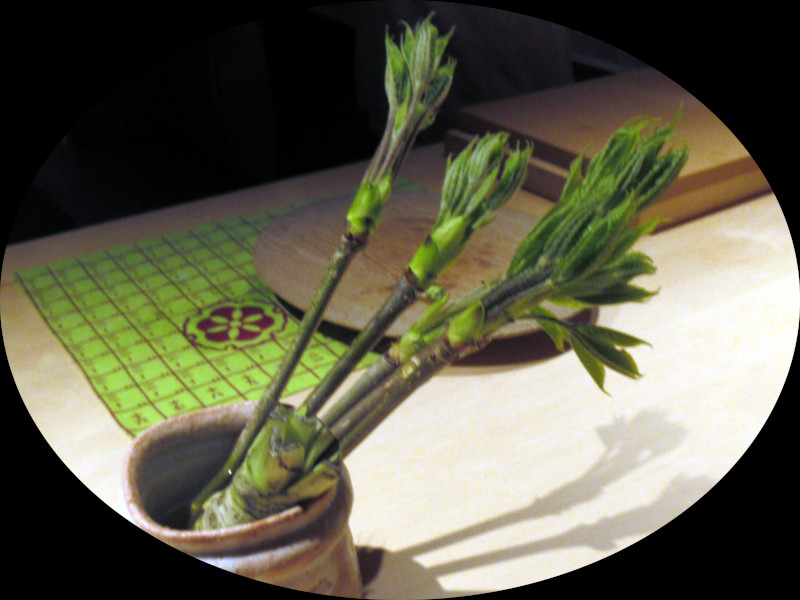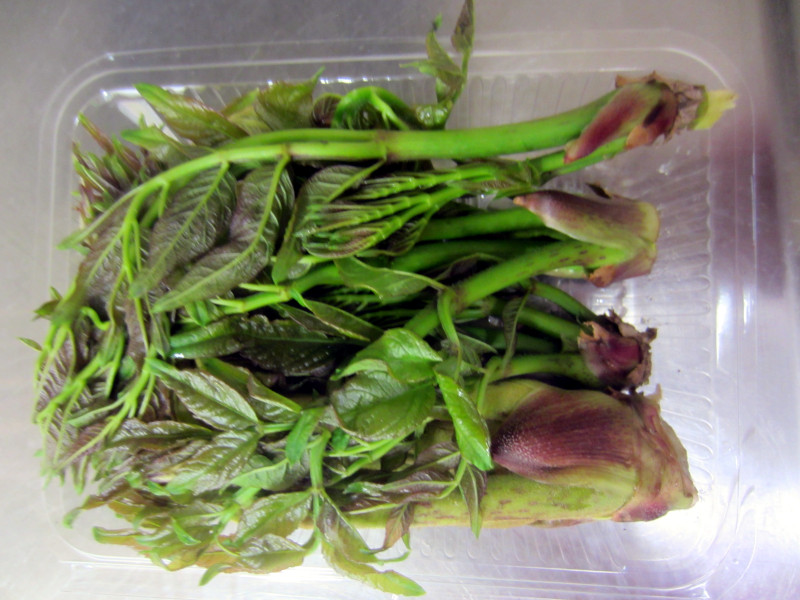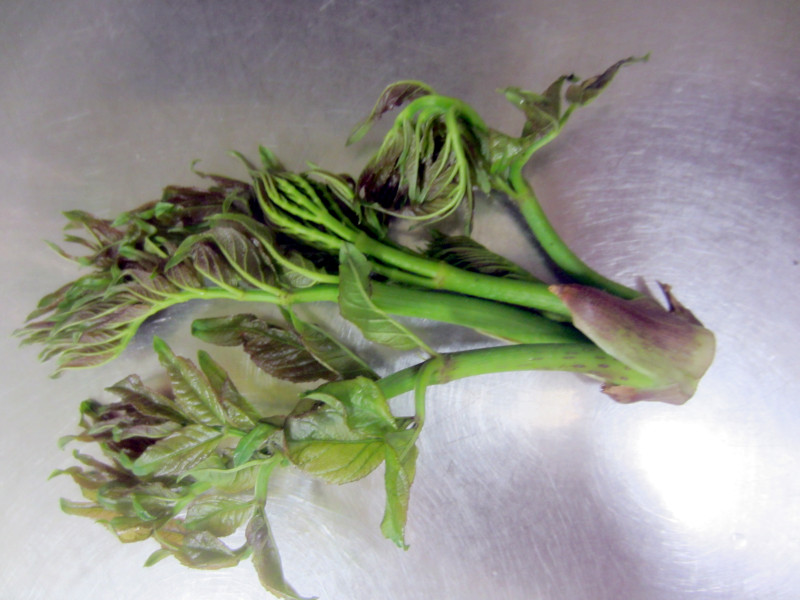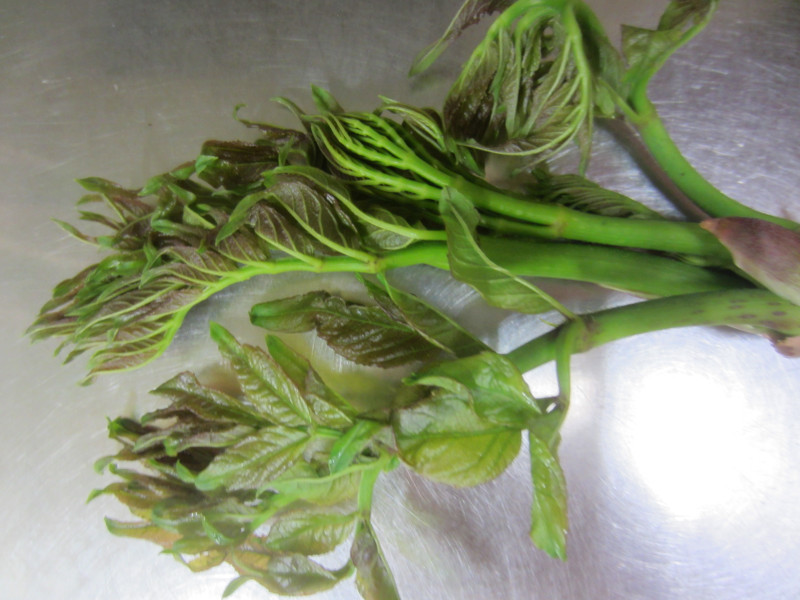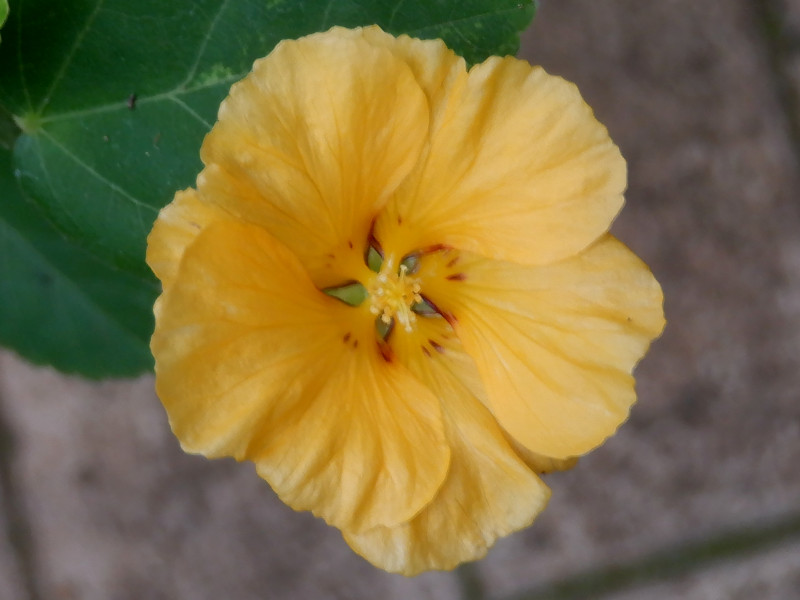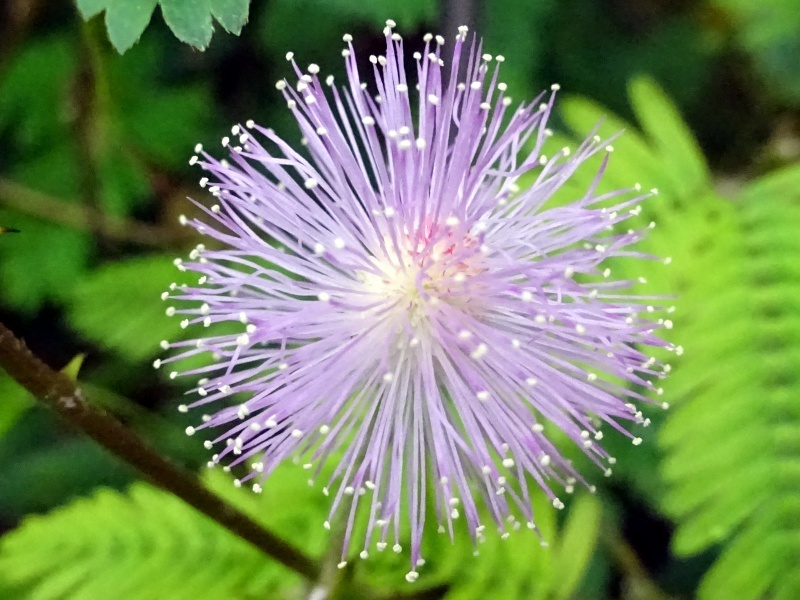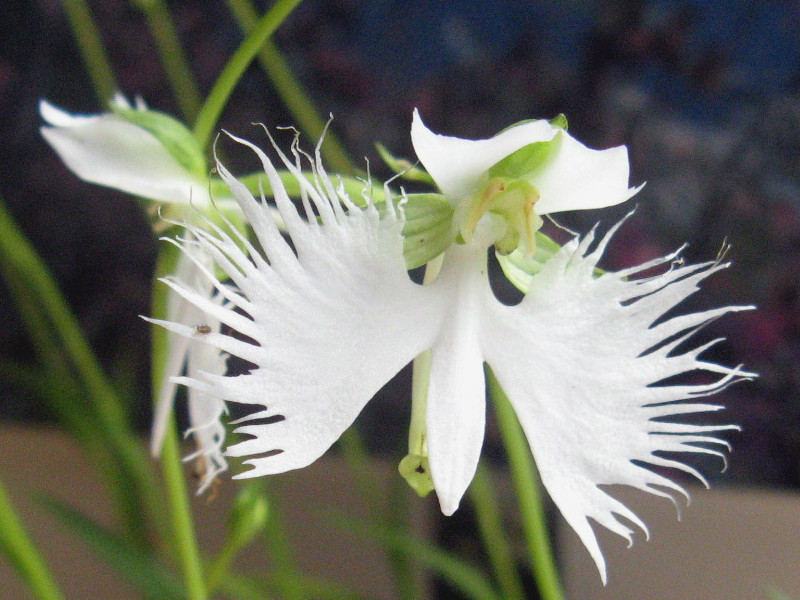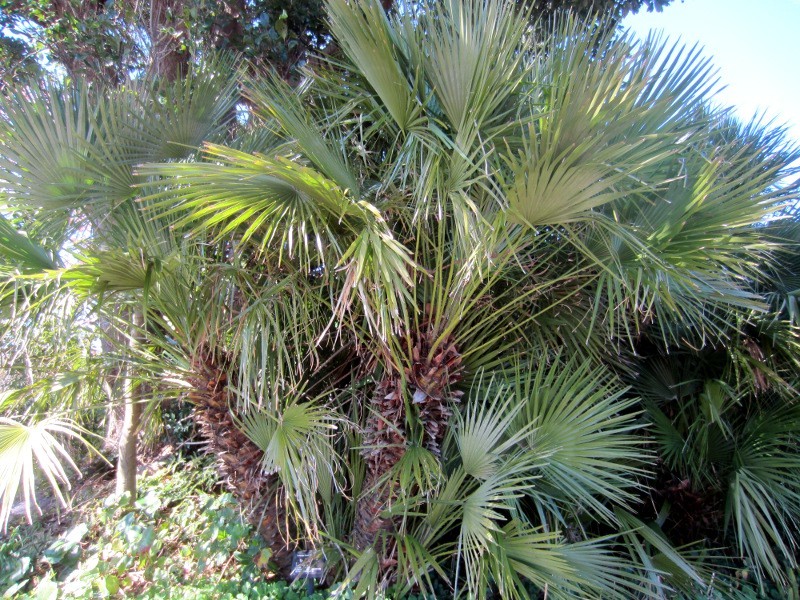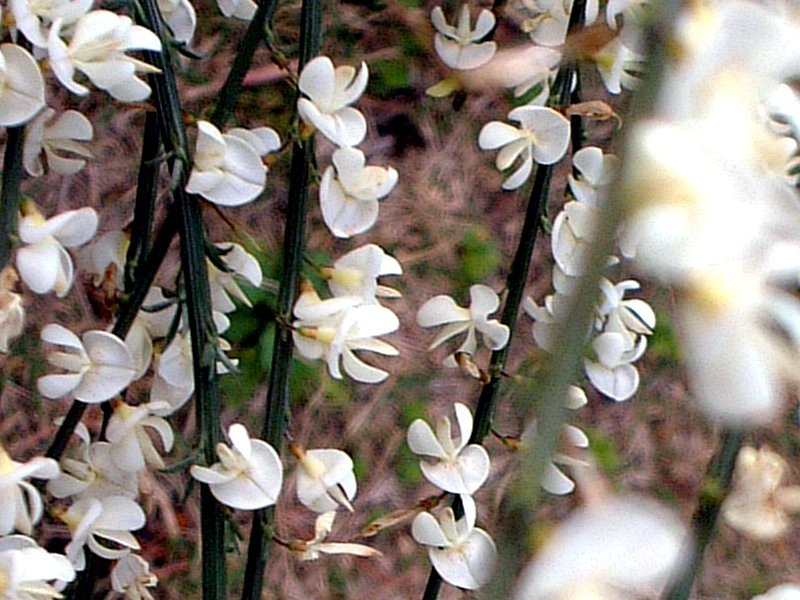Chengiopanax sciadophylloides
- Flower nameChengiopanax sciadophylloides
- Scientific nameChengiopanax sciadophylloides
- Alias漉油
- Place of originChina
- Place of floweringFields and footpaths
- Flowering seasonAugust, September
What is Chengiopanax sciadophylloides
Chengiopanax sciadophylloides or Koshiabura(Japanese) (Chengiopanax sciadophylloides), also known as "lubricating oil," is a deciduous broad-leaved shrub belonging to the Araliaceae family, native to China. In Japan, it grows on sunny slopes in cool temperate forests along the Japan Sea coast, from Hokkaido to Kyushu. It typically reaches a height of 7 to 10 meters, and its bark is ash-white in color.
From August to September, it produces yellow-green flowers with five petals and five stamens. In November, it bears small fruit with a diameter of 0.4 cm, which turns dark purple when ripe. The buds are edible as wild vegetables, and the wood is used for various applications, including woodworking and making traditional Japanese boxes called "kiri-bako."
Comparison with Aralia elata:
Koshiabura resembles the Aralia elata, but unlike Aralia elata, Koshiabura lacks thorns on its trunk and branches. Additionally, while Aralia elata has odd-pinnate compound leaves resembling bird feathers, Koshiabura has palmate compound leaves. The new shoots in spring, similar to those of Aralia elata, are also edible.
Common Name: Chengiopanax sciadophylloides or Koshiabura , Scientific Name: Chengiopanax sciadophylloides, Synonym: Eleutherococcus sciadophylloides, Other Names: Gonze (gold lacquer, rust preventive), Gonze-tsunoki, Taxonomy: Plantae, Eudicots, Apiales, Araliaceae, Chengiopanax. Native to: China, Distribution: Hokkaido to Kyushu, Japan, Habitat: Sunny slopes in cool temperate forests, Life Form: Deciduous broad-leaved shrub, Height: 7 to 10 meters, Bark: Ash-white, Trunk Diameter: 50 cm, Leaf Petiole Length: 10-30 cm, Leaf Petiole Color: Purple, Leaflets: 5, Leaf Shape: Palmate compound with 5 leaflets, Leaflet Petiole: 1-2 cm, Leaflet Shape: Inverted egg-shaped with pointed tips, Leaflet Length: 10-20 cm, Leaflet Width: 5-10 cm, Leaf Margin: Serrated, Leaf Arrangement: Alternate, Flowering Period: August to September, Inflorescence: Conical, Flower Color: Yellow-green, Flower Diameter: 0.4 cm, Number of Petals: 5, Number of Stamens: 5, Fruiting Period: November, Fruit Color: Dark purple, Fruit Shape: Spherical, Fruit Diameter: 0.4 cm, Uses: Edible buds, woodworking, kiribako (wooden boxes).
